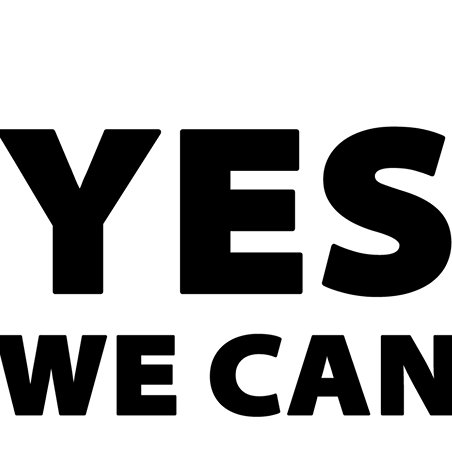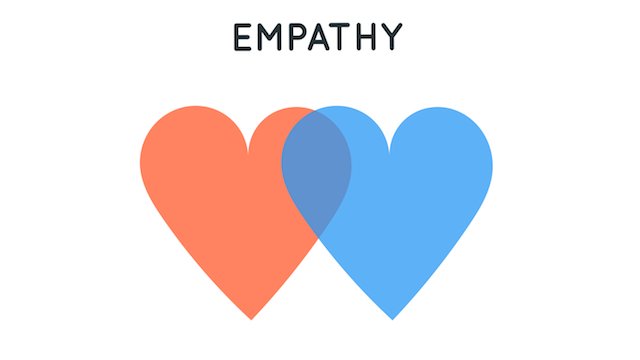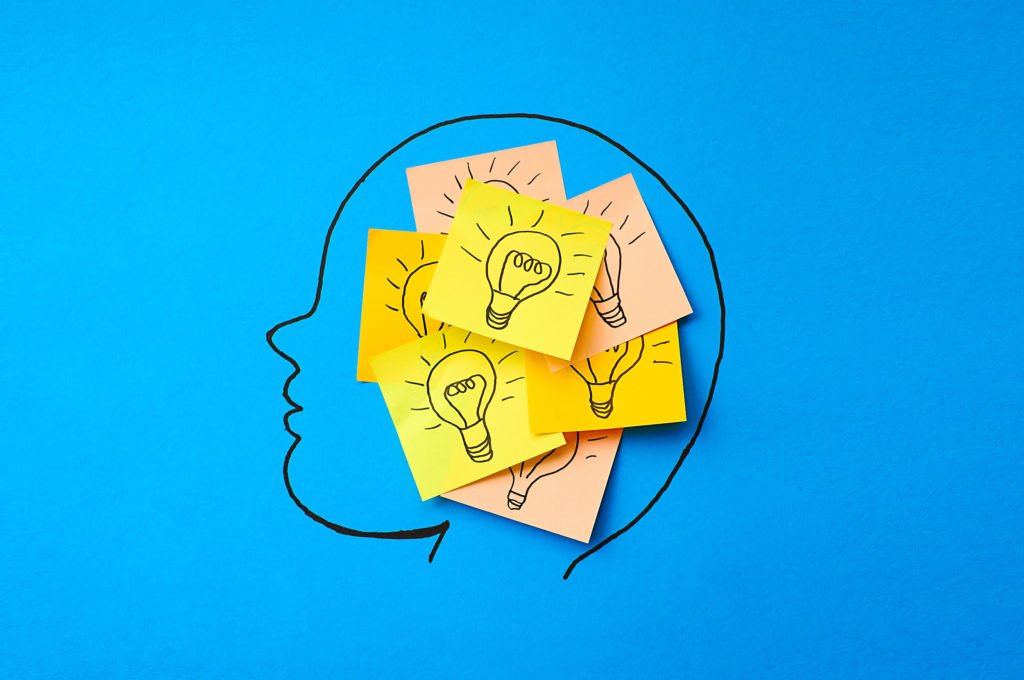Funny Names for Customer Service Role Play
You want customer service training ideas that get real-world results.
Don't you?
But teaching your employees how to respond to different customer service situations is tough.
Thanks to customer service training games, you can make hard-to-grasp concepts a breeze. Gamifying your training helps your customer service team listen and communicate better.
What's more?
Your team will emerge from the training experience feeling empowered to face the most challenging customers and circumstances.
In this post, we'll discuss 10 customer service games that will help your team engage with customers better.
Table of Contents
- Put employees in your customers' shoes
- Gamify critical thinking, collaboration, and alignment
- Bridge communication gaps and connect
- Boost your team members' listening skills
- Customer service training ideas to deal with difficult customers
- Set a comfortable environment for agents and customers
- Putting Customer Service Training Ideas to Work
Put employees in your customers' shoes
New processes can be frustrating to your customers, so let your representatives sit as customers to understand how they might feel.

1. "Here's What, This is Why"
This customer service training game teaches how to explain your processes to the customer and why it's important.
Customers often feel frustrated when they aren't familiar with your methods or don't get the point of your questions. They also don't appreciate long wait times.
The idea is to put your new customer service representative in your customers' shoes.
How To Play
The game starts with selecting two volunteers. Have the first one come forward with the instruction to answer the question you're about to ask as quickly and accurately as possible. You don't have to follow any pattern to ask questions.
Although you can ask any question, a few examples include:
- What are your allergies?
- Which is your favorite weather?
- What other languages do you speak apart from English?
Thank and send the first volunteer back, and ask the second to come forward. You'll ask the same questions you asked the first volunteer. Albeit, this time you'll include some explanations.
Using the above questions with explanations, you could have:
- Some of our branches are pet-friendly, so you might see a few dogs and cats roaming around. Do you have an allergy you want to share with us?
- We have our branches in all the content, and we want each representative to work where the weather won't be an issue. What's your favorite weather?
- The company is going to run a promo that will last for two weeks. Do you speak any other language apart from English?
Ask the whole team how they feel about answering a series of questions without knowing why.
You'll also find out that a customer's response might differ when you give context to the questions.
For instance, one might claim to speak four languages. However, when they know that it involves explaining how a product works, it might come down to two languages.
Takeaway
This customer service training game shows why it's important for your customer to understand the context of your conversation. Since they are neither mind readers nor co-workers, it might be difficult for them to understand your processes.
When you explain yourself, the client feels more at ease and more willing to cooperate. Plus, you'll get better and more accurate information from the customers.
2. "Yes We Can"

By design, these customer service training games allow employees to master real-life customer service scenarios.
No one likes to hear that it's impossible to get what they want. So don't tell customers things you can't do.
Tell them what you can or plan to do.
This tactic is easier on paper than in practice, but it's worth mastering. It's easy to slip into focusing on your weaknesses.
How To Play
Give each employee a legible name tag and ask all of them to stay in a circle. Each of them should think of two or three requests. They can choose to ask reasonable and realistic questions or make them imaginary and outlandish.
You can start by giving them examples like:
- I want to switch name tags with you.
- I'll like a mansion for my next birthday.
- I want you to stand in the middle of the circle.
Allow them to think about their request in a few minutes. Let them know that even though it's a game and it should be fun, they shouldn't make inappropriate requests. Then give them the rules of the game.
Each employee is to take turns calling out the name on another employee's tag and make a request.
The named employee is to decline without saying "No," then call another employee and make a request—the process of requesting and declining continues until no request is left.
To make it easy for the team to understand the game, you and another leader can play briefly till you call the first member of the group. It gets easier with practice.
Takeaway
No matter how absurd a customer's request is, you can always decline it without saying no. The game makes it easier to give positive answers to questions and be more solution-minded.
Gamify critical thinking, collaboration, and alignment
Your goal here is to foster critical thinking, team collaboration, and alignment with gamification. Here, your agents will learn to plan and collaborate with team members that you don't get along with on a normal day with the following games.

3. "We know our destination"
This team collaboration and alignment game for customer service training requires only a pen and paper.
It shows how a company's culture can affect the services it provides.
Participants will see how easy it is to get carried away with work that you fail to stop and see if you're still on track.
The game contains two rounds, each followed by a short debriefing. It works best if you have at least six people in a group.
Round One
Encourage participants to work in a group and instruct them to take a minute to think of items they'd need for a road trip. Then almost immediately, say "Ready, go!" and start timing before they ask you any questions.
Debrief One
Ask each participant how many items they have on their list. The discussion that follows will either narrow down or expand their list. For instance, someone who listed shoes can be asked if they're hiking boots or their regular office shoes.
Eventually, the question of destination will come up. Take this time to discuss the importance of destination to planning.
Round Two
This round is a repeat of round one except that this time, you give the groups their destination on a piece of paper.
Debrief Two
Observe the difference between the first and second lists. In most cases, the second list contains items from the first one with a little extra. However, the list becomes more specific to adapt to the destination.
Use this opportunity to tell participants about your customer service goals. Then encourage them to evaluate how their personal goals align with the team's goals.
Takeaway
Participants will notice the difference in planning with and without a destination in mind. They'll find out that when the whole group agrees on the destination, it's easier to agree on items to pack.
Bridge communication gaps and connect
You want to show customer service agents to cover communication gaps and connect. These games and other team-building activities help you get in the shoes of your customer and teammates and bridge communication gaps.

4. "Say my name!"
Forgetting a name can ruin a professional relationship, but not everyone is good with names. Albeit, you can prevent it from ruining your business by teaching your employee how to create a memory palace.
This game provides customer service training ideas for developing communication skills and remembering names longer. Getting your employees to play it allows you to kill two birds with one stone. Your employees can collaborate better, and you retain more customers.
How To Play
The game works best when you use it on new recruits who haven't had time to interact. The larger the group, the better.
First, explain how the memory palace works to the group using the following steps:
- Choose a place you're very familiar with to form your memory palace (It could be your home, a hostel you stayed in, your high school, a theme park)
- Start listing the names you want to remember.
- Place each name in a specific place within your familiar structure or memory palace and stick it to your memory.
- Stroll around your memory palace for a while and call each name you kept
- Try not to move anything to keep things organized
Now, you've created and furnished your memory palace. Whenever you need to remember a name, just take a stroll through that familiar place. You can make it more visual by imagining the person standing close to their names in the palace.
When everyone is satisfied with your explanation, ask each person to tell the group their name and one fact about themselves. Make it one person per time and give everyone a few minutes to place that person in their memory palace before moving to the next. When the session is over, let a few participants try to remember everyone's name.
Takeaway
This game shows that people who think they're poor at remembering names aren't using the right techniques.
Recommended Reading

5. "Customer Service Charade"

Most businesses think they do well in satisfying their customers, but that's because 96 percent of unhappy customers won't complain. But the trick is, you lose 91 percent of them without getting the chance to find out what happened.
Customer service training ideas for communication skills help to bridge the communication gaps between companies and their customers. The customer service charade is a fun game that'll teach your team the importance of body language and verbal communication. It also helps your team form useful bonds.
How To Play
Every team member gets a phrase or term that's relevant to your company or industry. Assign turns and calls the first participant to act out the term with him or her without saying a word. The rest of the team will try to guess the word or phrase based on the demonstration.
Takeaway
From the game, you'll find out that even when the customer doesn't talk, you must try to guess the meaning of their body language. But don't just assume what they want. This is where you carefully ask questions no matter how clear you think their requests are.
It becomes more challenging when you can't see the customer face-to-face to observe their body language. And worse when you can't hear the tone of their voices, in the case of emails and chats.
Charades show the impacts of unspoken words in normal conversations. Now let your employees know that it's important that they try to find the missing information when they're talking to customers. His will help them come up with strategies that bridge the communication gaps.
Boost your team members' listening skills
Teach your team to reduce errors that come from overlooking important information.

6. "Whisperers and Listeners"
If you're looking for a customer service training idea for listening skills, the old telephone game is an excellent one. This activity will show your team why they need to communicate directly and avoid reported speeches as much as possible.
How To Play
Divide your team into groups of at least ten participants each. Let each group form a straight line. Then call the first participant on each line and whisper a statement that they should whisper to the next person on their group.
They should continue the process until the last person in each group hears the statement.
Each person must be quiet, so the next person doesn't hear the statement. You can also choose to give each group different statements to pass down the group.
This game is always fun because when the last person shouts out the statement, it has no resemblance to the one you told the first person.
Takeaway
You can't rely on reported speeches because your colleague might leave out some important information. Sometimes, people try to explain it to you and end up adding to the information. Both cases can make customer service representatives appear incompetent.
7. "Keeping Memories"

This customer service training idea for listening skills emphasizes the importance of remembering the customer. It's a helpful exercise for team members that find it difficult to remember faces and names.
How To Play
This game can be played face-to-face or online, but in any case, team members start by introducing themselves. If you're playing online, let each participant share their names and pictures in the group chat. Then let everyone get better acquainted.
Ask each member to create a user persona for a customer with a fake name and stock photo. Distribute a test, physically or by email, respectively, with an instruction to submit in two minutes. Then, share the answers in the group.
Takeaway
This exercise tests how fast your team members can memorize names. Plus, new hires get to see other members of the team at once. The group interaction will also show you members that can easily interact with new people.
Recommended Reading

Customer service training ideas to deal with difficult customers
Teach your team to be comfortable with difficult customers and in tough situations.

8. "The Heard Technique"
What customer service training idea can you draw inspiration from to handle tough situations involving a customer?
This one will help:
Disney manages a lot of visitors annually, yet most of its visitors look forward to another visit. This doesn't mean that their customers don't have complaints. The brand knows what its customers want, so they developed strategies to keep them happy.
HEARD is Disney's refined approach for managing angry customers in five steps.
- Hear: Allow the customer to say everything they want to say without interrupting them
- Empathize: Show them that after listening to them, you deeply understand how they feel in the phrases you use. Say things like: "I understand how you must feel."
- Apologize: Accept the blame and take responsibility for the problem because that's what the customer wants to hear at this point. Although this doesn' resolve the problem, a heart-felt apology eases the tension.
- Resolve: Ensure that your customer service team is trained to handle the issue. And if they are unsure of what the customer wants, they can ask questions like: "How can we make it up to you?"
- Diagnose: Analyze the issue to ensure it doesn't happen again.
How To Play
Start by explaining the concept of HEARD to your team and ask for two volunteers. One will act like the customer while the other will be the customer service agent. The rest of the team members will watch and judge the role play.
Use a customer service issue in your company as a scenario and guide them to us the five HEARD steps to resolve it. Initially, you might have to remind them of the next step until they no longer get stuck.
Then ask the judges what they think of the customer service in each of the steps, and why. Then let them come up with a diagnosis.
Take Away
This game explains the famous phrase: "Customers are always right." Even when they are at fault, allowing them to leave will hurt your business. The steps in this technique ensure that you get to the root of every problem.
Set a comfortable environment for agents and customers
These activities show the importance of a conducive working environment to the agent and customer.

9. "The Quadrants"
Are you trying to come up with a customer service training idea for supportive work environments?
Let's play the Quadrants.
How To Play
Use masking tape to divide a room into four quadrants and number each of them. Let your team that they'll be performing some activities for about 45 seconds in the squares. Then assign actions to each of the quadrants.
The first quadrant can have participants sing nursery rhymes at the top of their lungs. Let them jump on one foot repeatedly in the second quadrant and recite the alphabet backward in the third. But the fourth one will be for relaxing.
Distribute them evenly in all the quadrant and ask them to start based on the quadrant's activity. After 20 seconds, ask them to switch. They're free to move to any other quadrant, but not anyone they've been in previously.
Ask them to switch after every 20 seconds until they've experienced each of the squares.
When you say "switch" after they've entered all the quadrant, you'll find most of them jump into the "relax" quadrant—showing the need for most of them to be comfortable.
Takeaway
This exercise will show your team the value of working in a comfortable environment. Each rep will know why it's crucial to make the customer comfortable. But you need to know what comfort means to your customer.
The best way to make customers comfortable is to ask them if they're okay with your offering.
10. "What the customer wants"

The second customer service training idea for supportive work environments focuses on what customers want. In getting that, the team is encouraged to work together, which also improves collaboration.
How To Play
Pick one of the participants to share the name of a customer they serviced before. They are to tell the team the customer's recent purchase and the assistance they provided for them.
Each of the remaining team members will imagine how the first participant made the customer's day. Then, compose a letter, from the customer's point of view, to thank the company for the service. This letter should emphasize the company's strong points.
Then ask them to submit the letters so you can start a discussion.
Takeaway
Knowing that their services are appreciated will raise the confidence of your team. Plus, the exercise helps them to see what the customer really wants from their services.
Putting Customer Service Training Ideas to Work
Customer service training games bring fun and engagement to customer service training. But your needs are unique.
Do you want your team members to pay more attention to work and their interaction with your customers?
Play Quadrants and What the Customer Wants.
In one study, 49 percent of buyers made an impulse purchase because the customer felt heard. But customers won't feel heard if your employees feel disengaged. A supportive work environment can help your customer service agents serve your customers better.
And if your team is remote, you can find creative ways to bring your customer service team together. For example, they can work on online puzzles together, or compete for the highest score in solitaire. Simple activities like these give your team the opportunity to bond and have fun together online.
Just like setting the right environment, applying the above mentioned customer service training ideas and games can boost your performance. If you've never tried them, you'll never know. Get to work.
Recommended Reading

Source: https://hiverhq.com/blog/customer-service-training-games
0 Response to "Funny Names for Customer Service Role Play"
Post a Comment